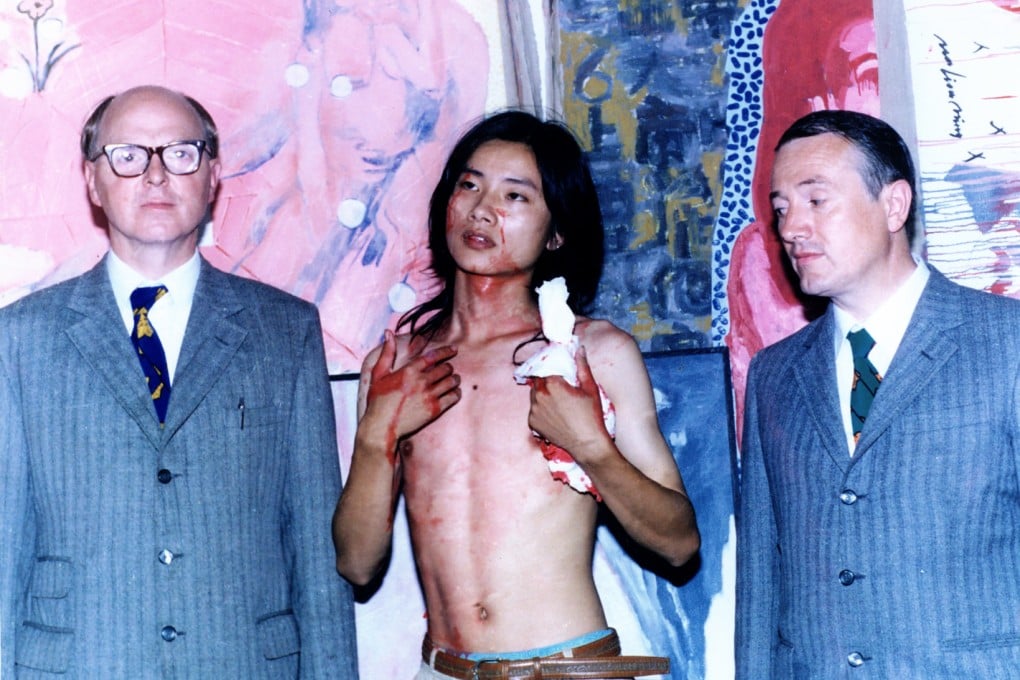Leo Li Chen and Wu Mo on 1990s Chinese Art
Para Site curators Leo Li Chen and Wu Mo talks about contemporary Chinese art and the new “That Has Been and May Be Again", a new exhibition displatying art created by mostly mainland Chinese artists reflecting on the controversial 1989 China Avant-Garde Exhibition and the Tiananmen Square Massacre.

Why call your exhibit “That Has Been and May Be Again”?
Leo Li Chen: This title comes from a novel called “Sinking” by Yu Dafu. This novel was written in the 1920s and presents a Chinese student living in Japan. He feels depressed and anxious about his country because there’s a war between Japan and China. There’s a similarity between that time, and the 1990s. The Chinese name is 世變, which translates to “social change.”

What’s the premise behind the exhibit?
Leo Li Chen: We have 15 artists: 14 come from Mainland China, and one from Hong Kong. Half of the artists’ works were created in the 90s, and the other half are by young artists in China now. We wanted to combine the two different decades, and the old works and the new works, to rethink the 90s.
Why is the study of contemporary art important to talk about events in the past?
Leo Li Chen: In our exhibition, the historical view is quite important, [but] we didn’t want to just talk about what the most important thing was in 1990. We wanted to keep a distance of 20 or 30 years [between] the old work and new work. I think this is a good distance for us, and our generation, to rethink how social change impacted contemporary China.

What do you think Hongkongers can take away from the show?
Wu Mo: We hope that the audience will feel the atmosphere of 1990s China. I think it is quite similar to the current situation of Hong Kong society, and its discussions about politics and culture. I think maybe we make some kind of comparison between the two situations.
Leo Li Chen: Leung Chi-wo [who exhibits in the show] is a Hong Kong artist. He works with historical material to think about contemporary Hong Kong. His work doesn’t mention the 90s, but [it] combines different times, different propaganda, and the anxiety and uneasiness after a social movement. In his work, you can feel the emotions of contemporary Hong Kong, and it’s similar to the 90s [in China].